
| Recorded by: Mark Basinger on 2024-07-15
Brunswick Co.
Comment: | 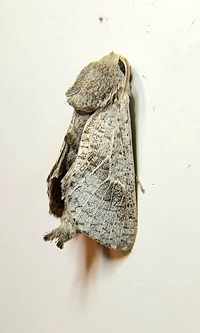
| Recorded by: Mark Basinger on 2024-07-15
Brunswick Co.
Comment: |
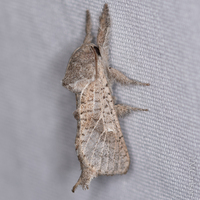
| Recorded by: David George, L. M. Carlson on 2022-07-19
Chowan Co.
Comment: | 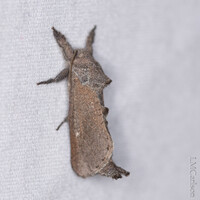
| Recorded by: David George, L. M. Carlson, Stephen Dunn on 2022-06-04
Orange Co.
Comment: |
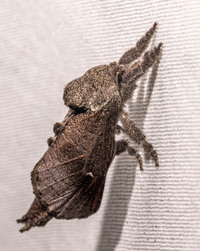
| Recorded by: Stephen Hall on 2022-05-31
Orange Co.
Comment: | 
| Recorded by: Dean Furbish on 2022-05-20
Wake Co.
Comment: |

| Recorded by: Dean Furbish on 2021-08-02
Wake Co.
Comment: | 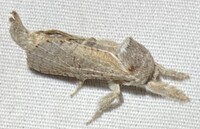
| Recorded by: Dean Furbish on 2021-08-02
Wake Co.
Comment: |
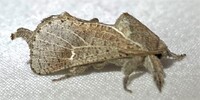
| Recorded by: Dean Furbish on 2021-07-12
Wake Co.
Comment: | 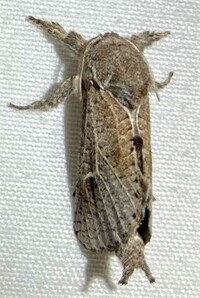
| Recorded by: Dean Furbish on 2021-07-12
Wake Co.
Comment: |
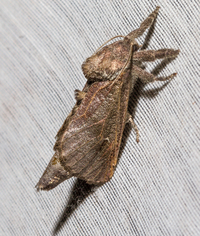
| Recorded by: Steve Hall on 2019-05-27
Orange Co.
Comment: | 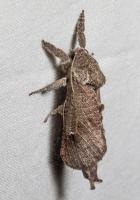
| Recorded by: Stephen Hall on 2017-05-27
Orange Co.
Comment: |
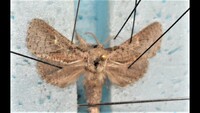
| Recorded by: Darryl Willis on 2016-06-01
Cabarrus Co.
Comment: | 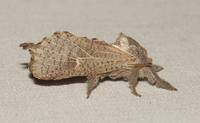
| Recorded by: Parker Backstrom on 2013-06-09
Chatham Co.
Comment: |
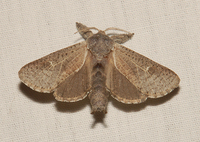
| Recorded by: Parker Backstrom on 2013-06-09
Chatham Co.
Comment: | 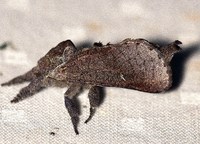
| Recorded by: Paul Scharf on 2012-05-17
Warren Co.
Comment: |
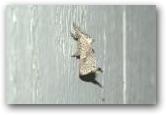
| Recorded by: ASH on 2008-06-02
Moore Co.
Comment: |

 »
»


 »
»
